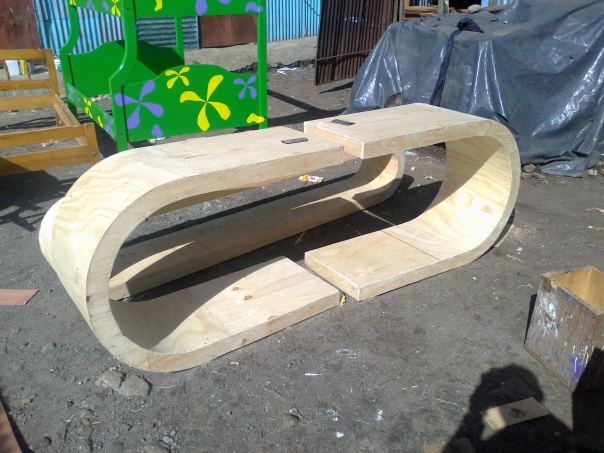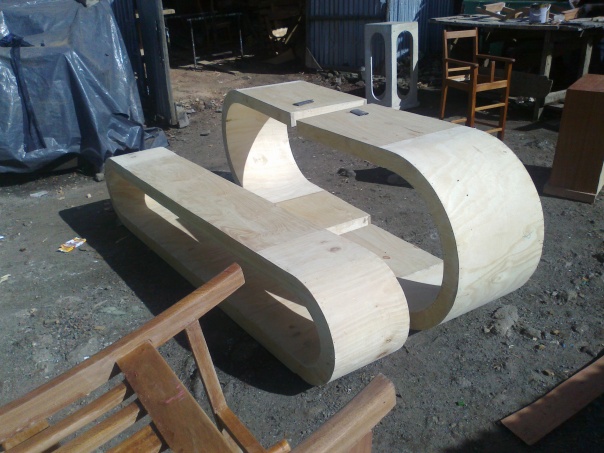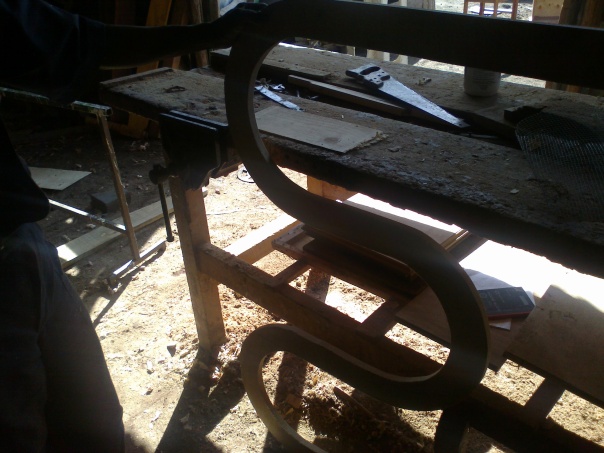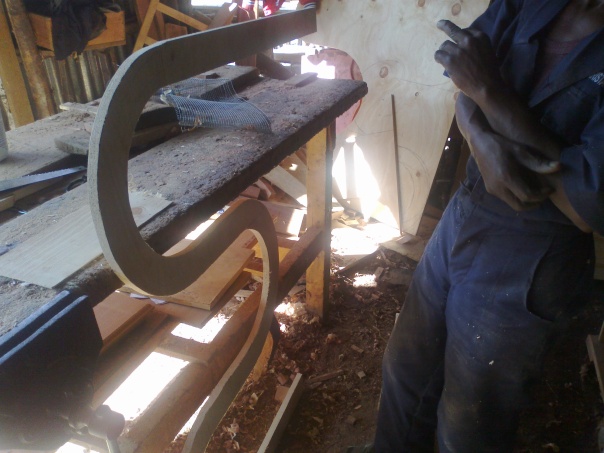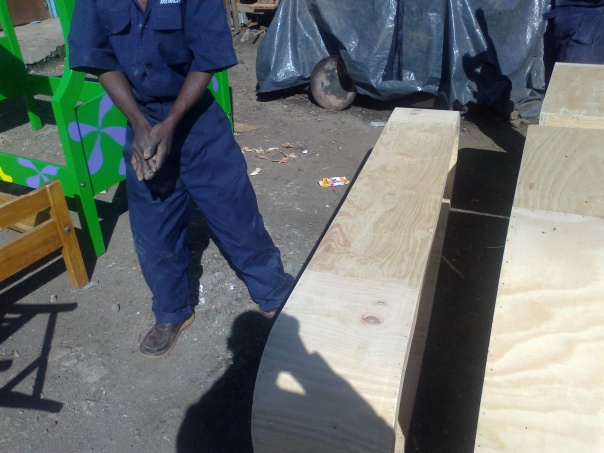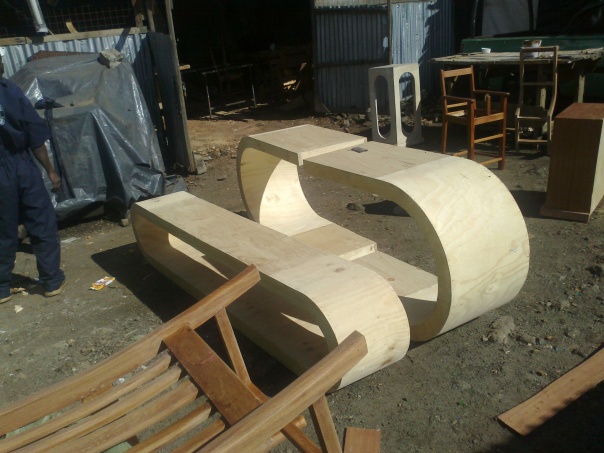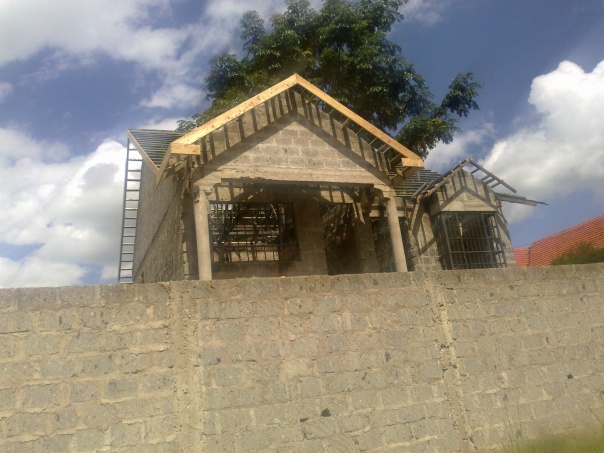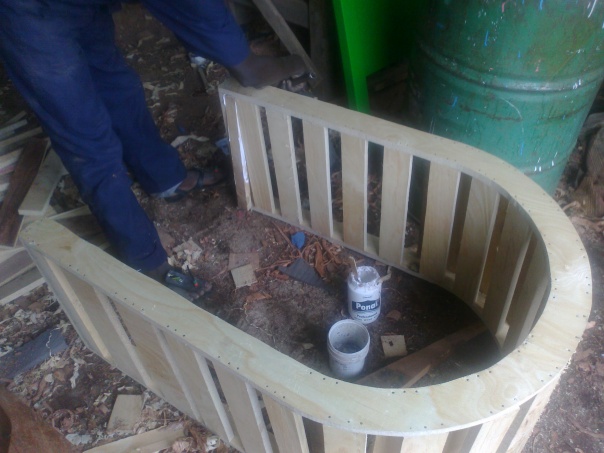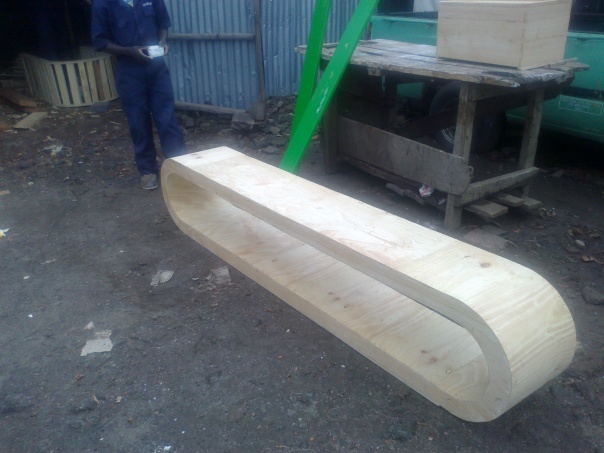CEILING TYPES IN KENYA.
A house ceiling is the part viewed from the building interior upwards under the roofing material.
In recent years, new ceiling materials have emerged such as the uPVC, copper and vinyl suspended ceilings.
The budget, aesthetic taste of the house owner/user and the usage of the room will determine the type of ceiling to be used. Hospitals, offices, schools and residential houses have each a different type of ceiling.
uPVC ceiling.
This is relatively new in Kenya. It offers the lowest costs, going for around kes 450 per m2 for the ceiling and kes 300 per m2 for the labour to fix the ceiling.
Its labour intensive so there will be a slight increase in labour costs. It uses less timber support joists since it comes in form of interlocking strips which join each other.
Its water proof nature is a huge advantage since most roofs are prone to leaking at one point in their life.
They come in a wide array of colours.
Soft Board ceiling.
These are very common in Kenya though they are slowly being replaced by the uPVC ceilings.
They cost approx. kes 700per m2 while the labour is around kes 200 per m2. They use more timber support joists compared to uPVC ceilings. Their advantage is that they are faster to fix hence saving on labour costs.
They get frequently damaged by leaking water from the roofs hence require frequent repair.
They come in various embedded patterns and are mostly white in colour.
T n G ceiling.
These are made from tongue and groove hardwood timber. They cost approx. kes 1200 per m2 plus kes 300 per m2 for labour. They are labour intensive so the labour costs will be high.
They are mostly varnished to bring out the natural hardwood finish which makes the rooms warm and cosy. They are very common in high end homes in up market suburbs such as Karen and Muthaiga.
They bring out the Feng Shui aspect of comfortability and health within the interiors since they are natural.
Gypsum ceilings.
These are mostly used in kitchens or areas which have high risk of fires since they are fire proof. These cost approx. kes 1000 per m2 plus kes 300 per m2 for labour.
Suspended ceilings.
These are mostly used in offices and banking halls where the floor to ceiling height is high enough, at least higher than 3m, to allow for the ceilings to be suspended.
Francis Gichuhi Kamau, Architect.
info@a4architect.com
http://www.a4architect.om
+254721410684






